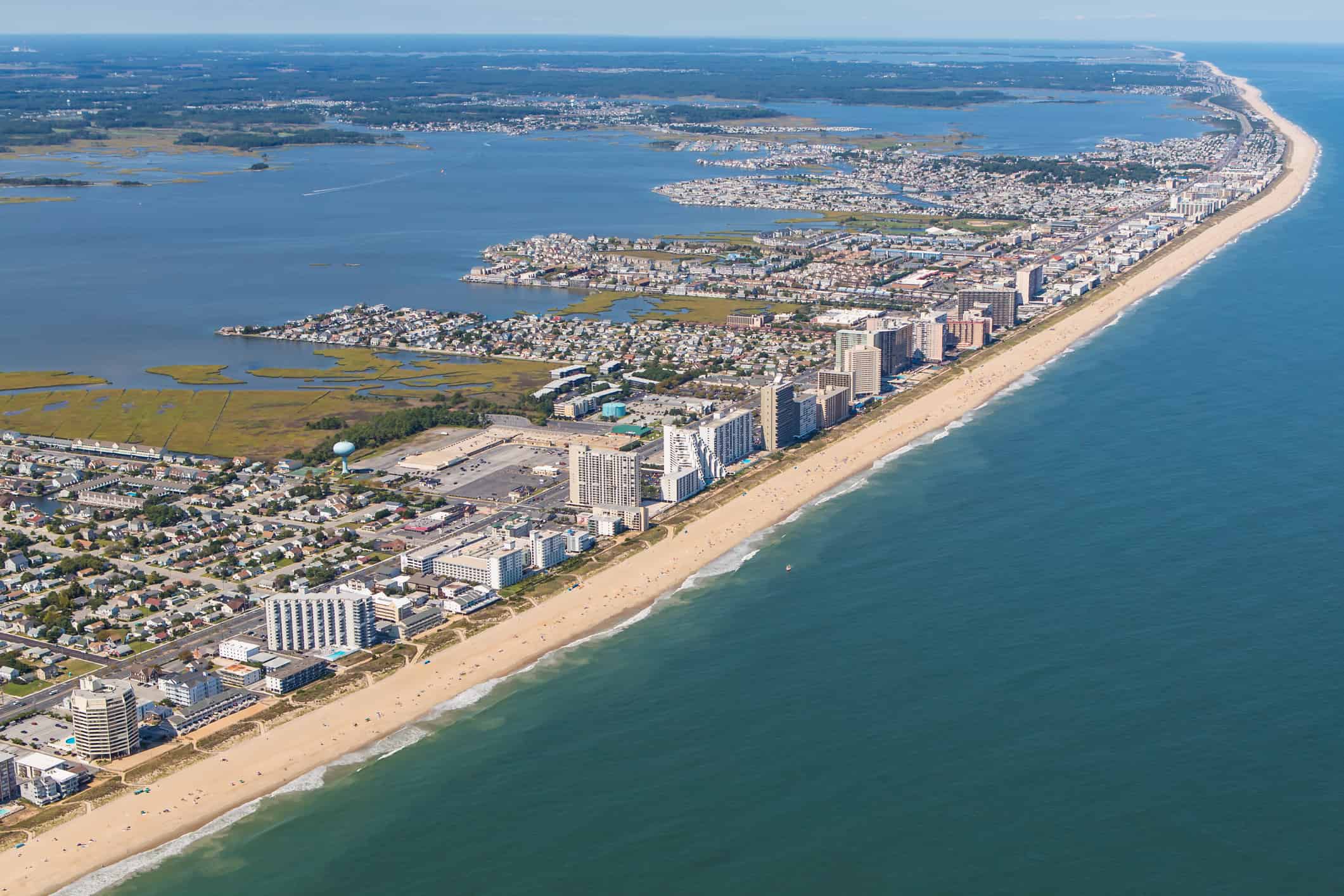Dubbed ‘America in Miniature’, Maryland is a state that showcases an abundance of beauty. From the craggy Appalachian Mountains to pristine sandy white beaches and undulating hills of the Piedmont plateau, this small state is often described as encompassing all the finest features of the nation. More recently, however, the unpleasant reality of pollution and poor sanitation in the state has come into view. The city of Baltimore in Maryland was named one of the dirtiest neighborhoods in the country after several sanitation complaints poured in. Researchers found that the city had over 47,000 sanitation complaints for every 100,000 residents in the year 2023, surpassing any other city in the country. So, what is the cause for these sanitation challenges in Baltimore and why has it earned this reputation as the dirtiest city in Maryland? Let’s find out.
Why is Baltimore so Dirty?

The city of Baltimore receives criticism on various fronts as it contends with issues such as poverty, high crime rates, and inadequate public transportation.
©Kruck20/iStock via Getty Images
A pressing issue facing the city of Baltimore has been its substantial waste problem. Baltimore generates around 430,000 tons of trash each year. As you walk through the city, you will find places strewn with trash around owing to illegal dumping and littering. The city has a significant number of vacant properties and these abandoned structures often become the sites for the illegal dumping of waste.
Poverty and socioeconomic disparities often excaberate the ability of residents and communities to address these sanitation issues effectively. Much of the trash in the city, therefore, simply undergoes incineration—a practice that significantly contributes to air pollution in the area. Notably, the ‘Wheelabrator,’ ranked as the tenth largest trash incinerator in the United States, stands as the primary source of greenhouse gas emissions in Baltimore. The Wheelabrator released a staggering 762,683 tons of CO2 equivalents in 2017 alone.
In addition to incineration, industrial and transportation-related air pollution further compounds the city’s air quality challenges. As a bustling industrial port, Baltimore hosts numerous heavy industries involved in shipping, manufacturing, and transportation, many of which emit pollutants. But the city’s pollution woes don’t end there! Water contamination issues are another challenge that the city grapples with. Aging sewers, illicit dumping, littering in streams, and stormwater runoff collectively contribute to water pollution concerns in Baltimore.
How Poor Sanitation and Pollution is Impacting the City

Ozone, a major component of smog, can have detrimental effects on the respiratory system, particularly for individuals with pre-existing respiratory conditions.
©BLACKDAY/Shutterstock.com
The impact of poor sanitation and pollution in the city of Baltimore has been far reaching, affecting both the environment and the health of its residents. Emissions from the trash incinerator as well as the presence of heavy industries, shipping activities, manufacturing, and transportation have been responsible for the release of a substantial amount of greenhouse gases, degrading the city’s air quality. As a result of this, in 2019, the American Lung Association‘s ‘State of the Air’ report ranked the Baltimore Metro area among the 50 worst in the country for ozone smog. Exposure to high levels of ozone pollution poses serious health risks to residents. Health effects include asthma attacks, lung cancer, developmental and reproductive harm, as well as cardiovascular damage.
On the other hand, pollutants such as per- and polyfluoroalkyl substances (PFAS) contaminate Baltimore’s water systems. These substances are associated with various health problems, including cancer, reduced vaccine response, and thyroid disruption. PFAS are also persistent in the environment and can accumulate in the human body over time, posing long-term health risks.
Initiatives to Improve Baltimore’s Image as the Dirtiest City
Recognizing the importance of a cleaner and healthier urban environment, the city of Baltimore has undertaken various initiatives to address its sanitation and pollution issues. Some key measures and strategies that will hopefully improve Baltimore’s status as the ‘dirtiest city in Maryland’ include:
- Waste Management Programs aimed at improving trash collection and trash disposal practices in the city and the recycling of hazarduous and solid waste.
- The Baltimore Clean Air Act which aims at reducing air pollution in the city by implementing stricter regulations on industrial emissions and enhancing air quality monitoring measures.
- The Baltimore Green Network Initiative which is a city-wide project that aims to transform vacant and underutilized spaces into a network of green infrastructure, fostering environmental sustainability, community engagement, and economic revitalization throughout the city; and
- The Baltimore Water Treatment Plant Upgrade which aims to implement modern technologies and infrastructure enhancements in order to address water pollution concerns, reduce leaks, and meet contemporary standards for safe and reliable water supply.
Thank you for reading! Have some feedback for us? Contact the AZ Animals editorial team.








